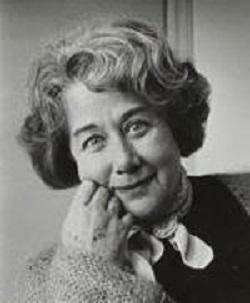Emancipation and the 1960s
In the 1960s, Education Minister Diepenhorst called education a cornerstone for the economy at a time when demographers were predicting an unprecedented population growth—with forecasts of increasing student numbers that in retrospect turned out to be even on the cautious side. In 1956, for example, the CBS predicted that, in 1970, there would be 55,900 students pursuing an academic education whilst the number turned out to be nearly 103,000. In 1961, Minister Cals's "Memorandum on the Expansion of Scientific Education" appeared, in the middle of the period between 1954 and 1971 in which the number of students in higher education quadrupled and investment increased thirteenfold.
The Netherlands was at the beginning of a period of sustained economic growth and welfare improvement. The term welfare state made its appearance, a concept with the government as responsible for prosperity and welfare. A system emerged with schemes such as child benefits, the AOW (state pension), collective pensions, welfare, and so on. The state began to move into areas where hitherto church influence and private charity had played an important role. The importance of the state increased, and with it came a demand for social workers, for new professionals with an eye for the individual person. New professions and other questions also arose from more economic themes such as construction and industrialization. This created a "market" for new kinds of professionals, with study programs that were relatively young or yet to be developed.

The first female full professor, Madzy Rood-de Boer (pictured above)
The number of students nearly quadrupled in the 1960s, an intake largely driven by the postwar birth wave. The new study allowance also plays a role. It replaces the existing system of student loans and is introduced to make studying more attractive, including for children from families that have difficulty paying for son or daughter to study.
Tilburg benefits from this development. In the period between 1947 and 1971, the Hogeschool attracts above average numbers of students from the so-called middle and lower classes. In 1947-1948, 63% were from these two categories (nationally: 51%), in 1961, 66% (nationally: 53%). In 1971, it was 72% of freshmen (nationally: 64%). Incidentally, the same year also saw the appointment of the first female full professor, the legal scholar Madzy Rood-De Boer.
Historian De Vries, from whom these data are largely derived, wrote that the institution had a more than average emancipatory character from a social point of view. In a certain sense, the Hogeschool was familiar with this, itself resulting from the efforts to emancipate the Catholic part of the population.
More about history and academic heritage
The Tilburg University academic heritage is a very diverse set of archives, visual materials, collections, devices, recorded stories, et cetera that relate to the history of the university.